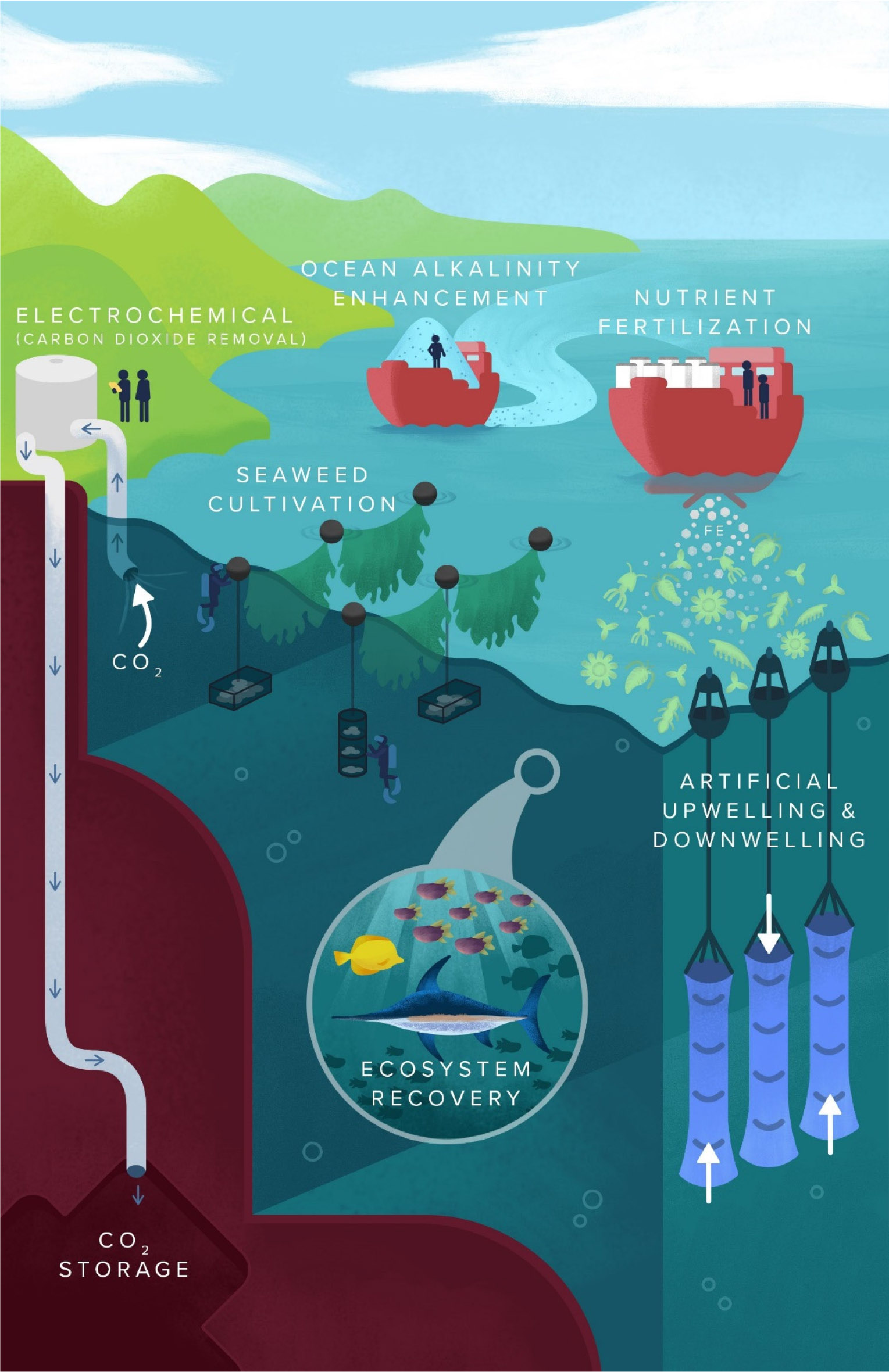It’s clear from climate science that we need to drop greenhouse gas emissions to zero as quickly as possible. But it’s also clear from our slow progress that we could use some help with those emissions. One thing that can help is carbon dioxide removal, as it allows us to reach net-zero emissions even as some difficult-to-solve emissions remain.
Carbon removal on land—including obvious techniques like reforestation—gets a lot of attention. Carbon removal in the ocean, on the other hand, has seemed a bit pie-in-the-sky, even though the ocean already soaks up more CO2 than land ecosystems do. A new National Academies of Sciences, Engineering, and Medicine report takes up the challenge of outlining what we would need to learn to make some theoretical techniques for boosting ocean uptake a reality—or to rule them out. The report follows 2015 and 2019 reports that set the stage for carbon dioxide removal science more broadly.
Boosting productivity
The report's goal is to provide some direction, both for scientists designing studies and for funders (like the National Science Foundation) setting priorities. The report is the work of a sizable group of scientists organized by the National Academies, with funding provided by a sponsorship from the ClimateWorks Foundation.
The scientists were asked to assess six different approaches, including manipulations of nutrients, seaweed cultivation, ecosystem recovery, and manipulation of seawater carbonate chemistry.
Nutrient fertilization is pretty straightforward (and has already seen some controversial tests). By adding limiting nutrients—like iron, phosphorus, or nitrogen—it might be possible to stimulate phytoplankton growth. Phytoplankton are part of the ocean’s biological carbon pump, taking up carbon as they photosynthesize near the surface and taking it down to the bottom with them when they die and sink. Juicing this pump a bit could move more CO2 from the atmosphere to the deep ocean or into seafloor sediment.
A related technique is managed upwelling and downwelling, which is a bit like stirring a drink to mix its ingredients. Pumping nutrient-rich water up toward the surface can act like fertilization. And in some shallow areas that see an excess of nutrients, pumping water downward could make the biological carbon pump more efficient.
Seaweed cultivation for carbon dioxide removal would entail somehow carrying the seaweed carbon down into the deep ocean, where the low oxygen concentration limits microbial decay. This process could be helped along by the fact that growing plants continually release some carbon in a form that is hard for microbes to break down.


 Loading comments...
Loading comments...
